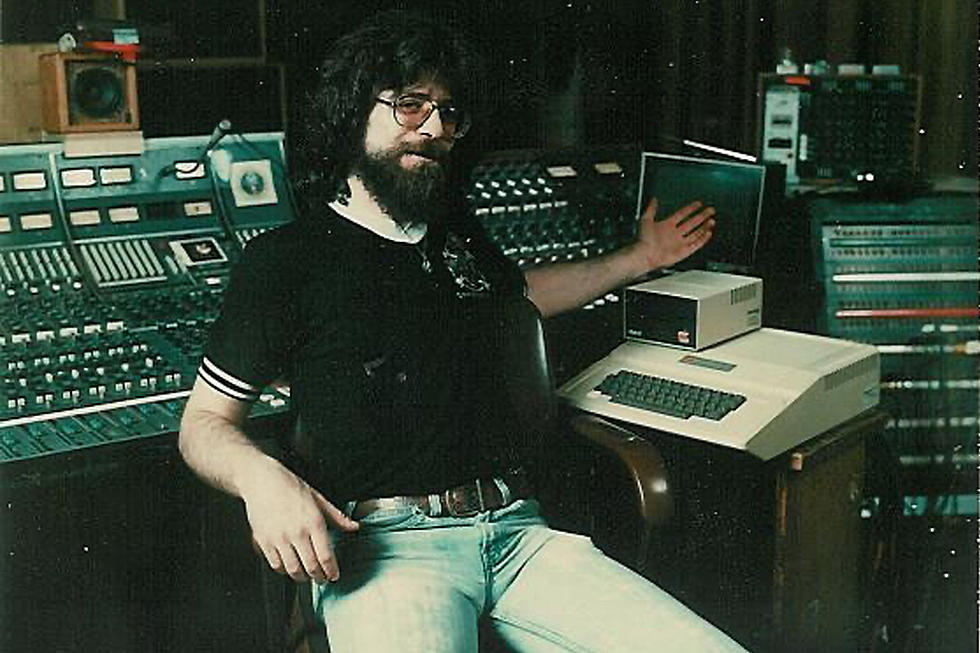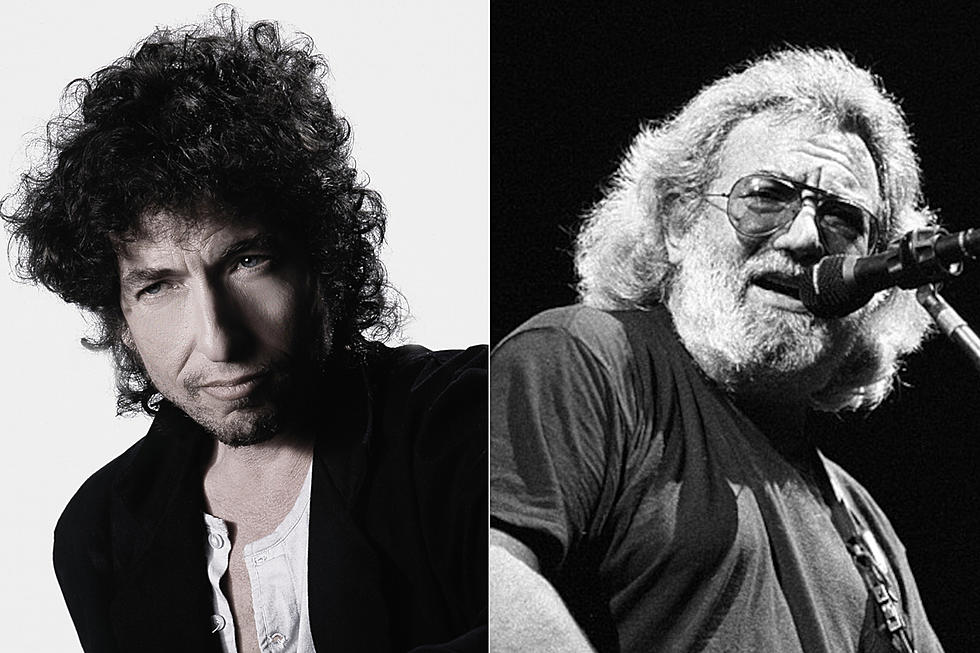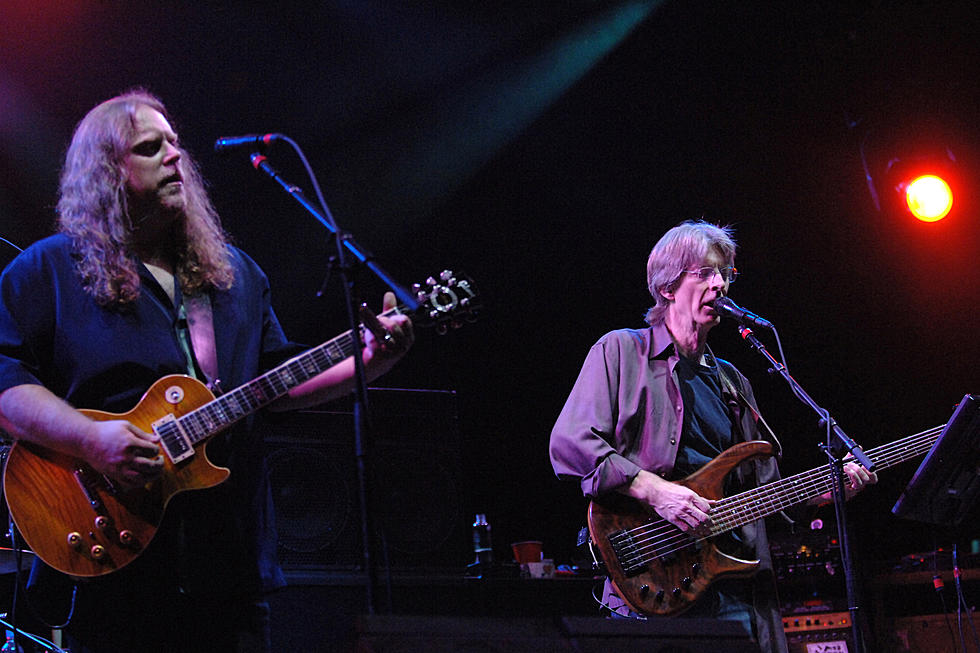
When the Grateful Dead Kicked Up Dust on ‘Workingman’s Dead’
The Grateful Dead spent almost a year in total making their second and third studio albums, Anthem of the Sun and Aoxomoxoa. When they resurfaced on June 14, 1970, with Workingman's Dead, it was evident they didn't want to fuss over the songs ... or anything else for that matter.
Inspired by Crosby, Stills & Nash's success, they wanted to focus on the music and, in particular, their voices this time, instead of the psychedelic, studio-enhanced sprawl that overtook Anthem of the Sun and Aoxomoxoa at times. Workingman's Dead was going to be the Grateful Dead's roots album, something like the Band perfected on their 1969 self-titled classic – a record that showed that the group was not just something you put on when you wanted to trip.
Along with American Beauty, which was released later in the year, Workingman's Dead signaled a creative turning point for the Dead. Live/Dead may best represent the Dead experience on record, but the band's two 1970 folk albums are musically more interesting and, ultimately, more satisfying.
Without the drugged-out clutter that found its way on their first three albums, the Grateful Dead entered the San Francisco sessions for their fourth record with the idea of getting in and out of there as quickly as possible. Armed with some of their strongest songs – not concepts, not skeletal frames, not launching points, but actual songs – the band recorded the LP in nine days with little of the commotion that went into the pieced-together, but excellent, Anthem of the Sun.
It helped that Jerry Garcia and lyricist collaborator Robert Hunter had come up with some of their all-time greatest cuts, from the opening "Uncle John's Band" to the closing "Casey Jones." In between, the sextet effortlessly brings a rustic country-rock shimmer to songs like "Cumberland Blues" and "Black Peter."
Listen to the Grateful Dead Perform 'Uncle John's Band'
Coming after 1969's Live/Dead, as well as a drug bust in New Orleans in January 1970, Workingman's Dead cleared the air around the Grateful Dead, opening up sounds and musical explorations that were previously uncharted. For one, it gave Garcia the opportunity to show off his pedal steel and banjo playing; for another, the group worked out vocal harmonies modeled after their pals Crosby, Stills & Nash.
It was all a deliberate move by the Dead to just take it a bit more easy in the new decade. The cover shot of the album features a sepia-toned portrait the group (plus Hunter) looking like they stepped out of a 19th-century Matthew Brady photo, just like on The Band, a huge influence on the mostly acoustic music found inside.
The album reached No. 27, the band's highest showing at the time. It was also their first million-selling LP. "Uncle John's Band" was pulled as a single, making it to No. 69. But those numbers can't reflect the record's significance over the years.
Along with American Beauty, in every way a sequel, Workingman's Dead is the Dead at their most basic and accessible. The folk and country songs they set up here weave their way through a hundred years of American music, starting with post-Civil War instrumentation and going all the way through to the Bob Dylan influence in the lyrics and music (John Wesley Harding was also a huge influence on the Band).
The Grateful Dead would soon become restless again and steer into new directions, but they'd never be as loose, stripped and as engaging as they were in 1970. Workingman's Dead is a trip all its own.
Top 25 Psychedelic Rock Albums
A Grateful Dead Member Is Part of Rock's Tragic '27 Club'
More From Ultimate Classic Rock









